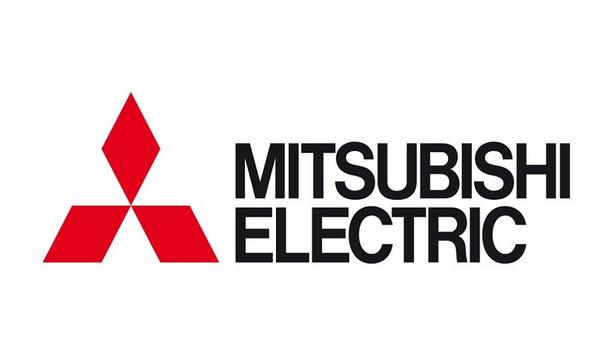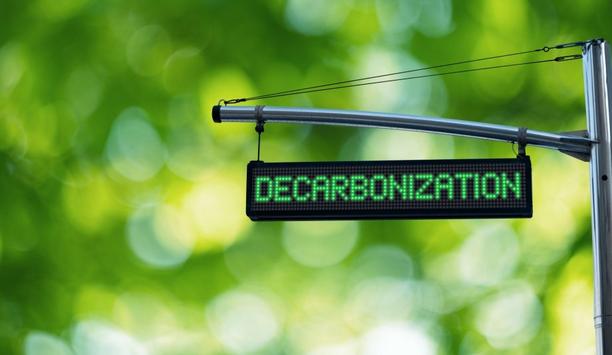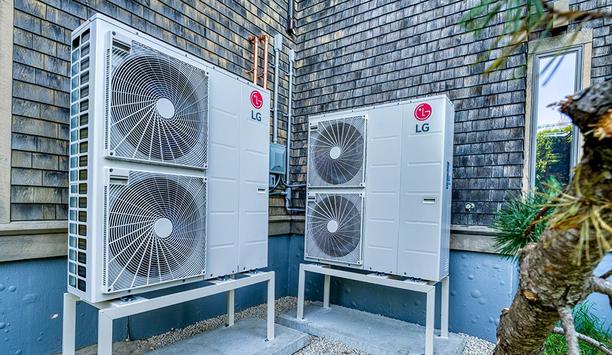The Philadelphia Museum of Art (PMA) serves as the cultural hub in a city known for its rich history of innovation and civic-minded population.
More than a home for great treasures, the museum helps drive the city’s local economy and serves as a vital educational resource to over 700,000 visitors each year.
When Mayor Jim Kenney committed to reducing Philadelphia’s carbon emissions by 80% by 2050, starting with the enormous and historic PMA campus was a natural choice as the museum was among the largest energy users within the city.
Keeping the Historical Charm
To bring the historic building (which was built in 1928) into the modern era and maintain its status as a center of the city’s artistic and cultural endeavors, the city contracted Johnson Controls for an $11.3 million sustainable infrastructure project funded by under an energy savings performance contract.
The contract sought to reduce the museum’s energy consumption and invest in top-of-the-line technologies while adding green jobs to the local economy.
PMA’s infrastructural upgrades were wide-reaching and included improvements to all of the institutions’ existing systems, many of which had been intact since the building’s original construction.
The upgrade
The upgrades included the addition of 11,000 new LED lighting fixtures to reduce the 1-million-sq.-ft. facility’s energy use
These upgrades included the addition of 11,000 new LED lighting fixtures to reduce the 1-million-sq.-ft. facility’s energy use. Johnson Controls also upgraded the building’s water conservation, steam distribution, and HVAC systems.
Long-term Benefits to the Philadelphia Art Museum and Community To further the city and museum’s goals of creating jobs and engaging diverse businesses, Johnson Controls and city leaders formed an Economic Opportunity Oversight Committee to monitor progress during the project and into the future so Philadelphia can continue its legacy of resiliency while improving the community and local economy.
Museum saving $750,000
With these updates in place, the museum is saving $750,000 each year while reducing energy consumption and water use by 23% and 8% respectively. Furthermore, the project created 329 green jobs and exceeded diversity goals with nearly 45% of all contracts awarded to minority- and women-owned businesses.















